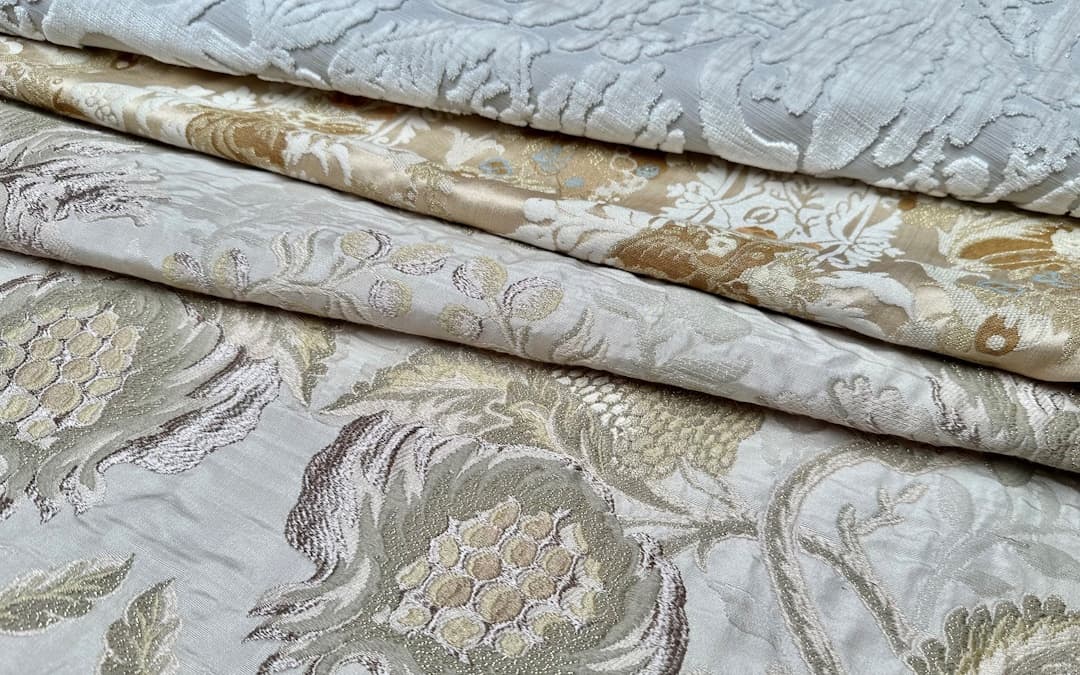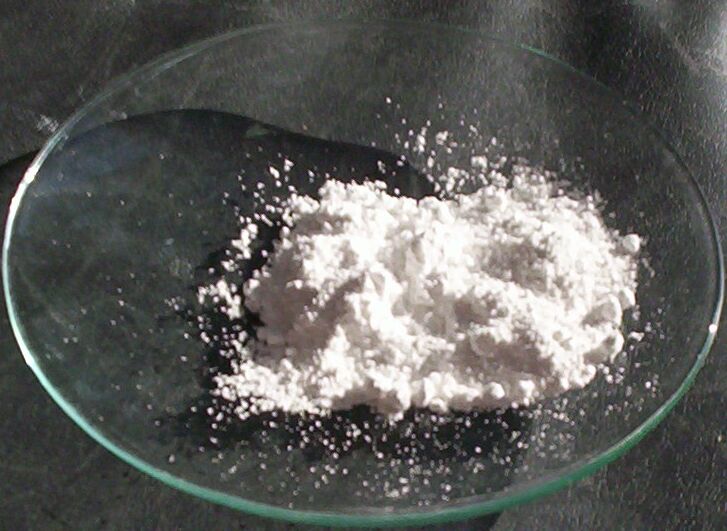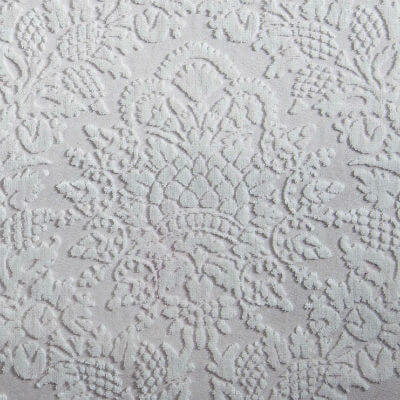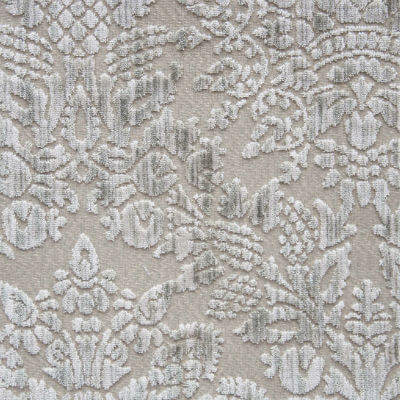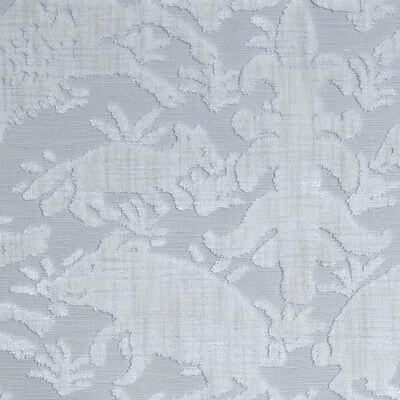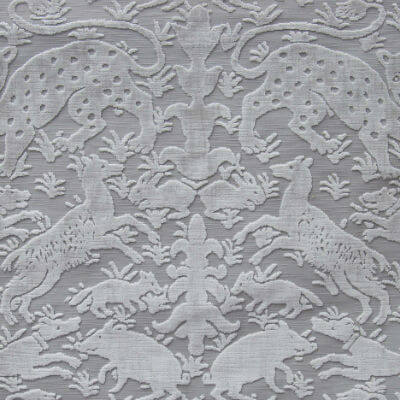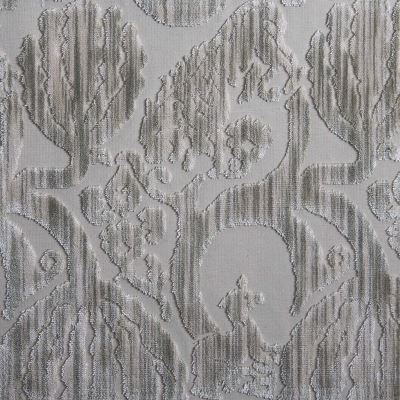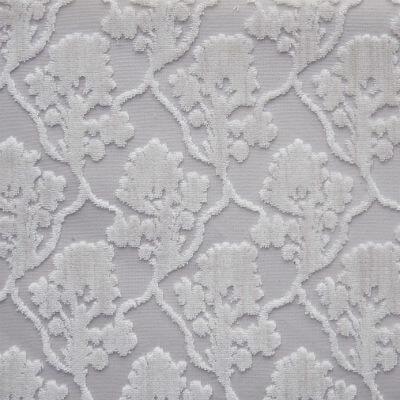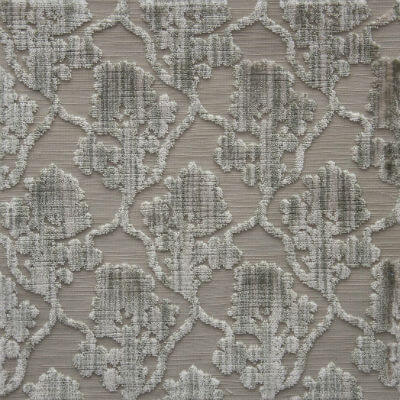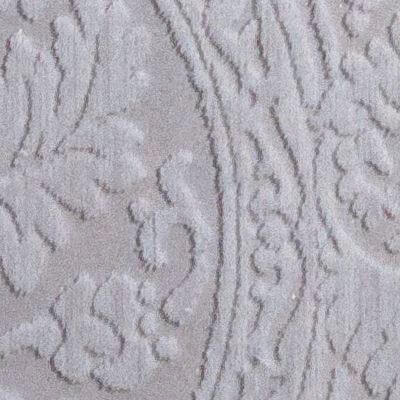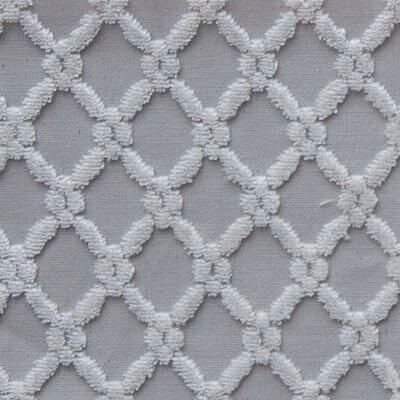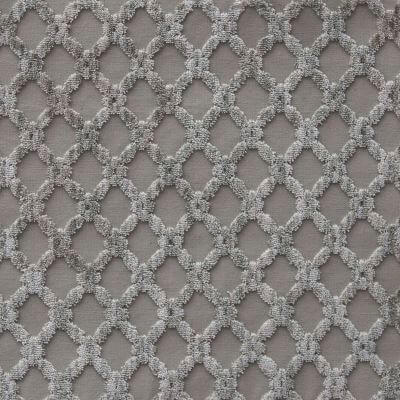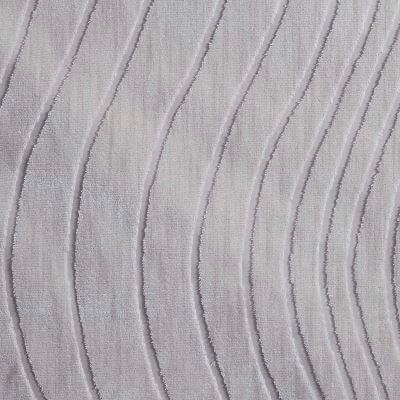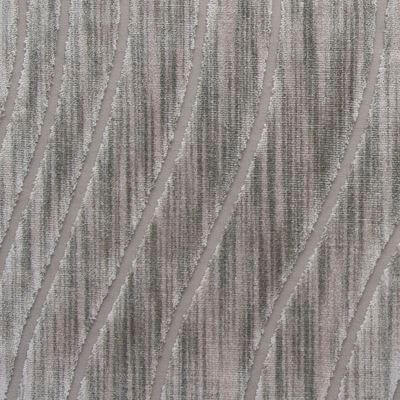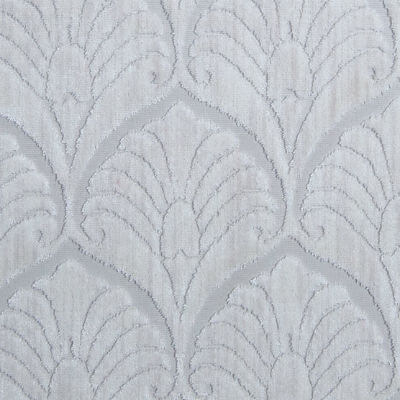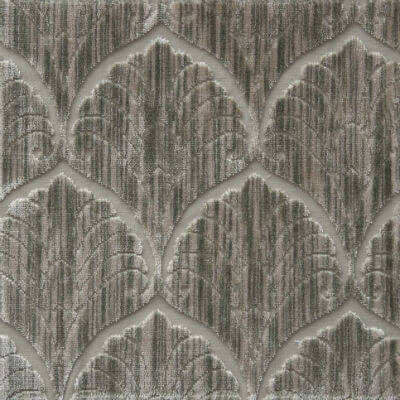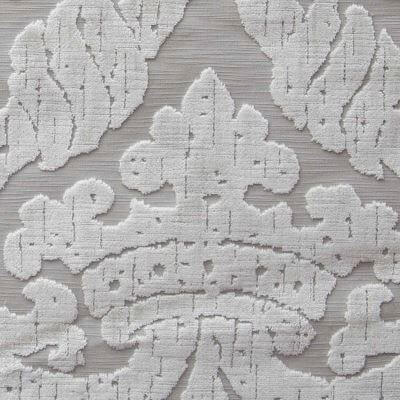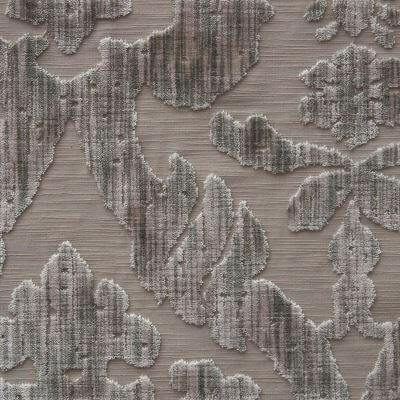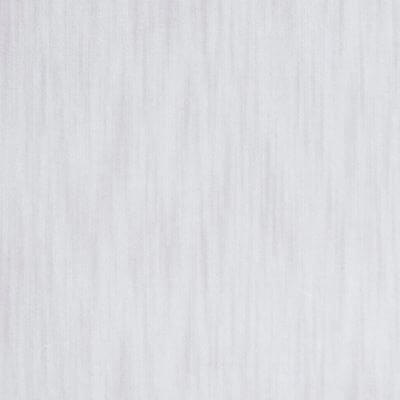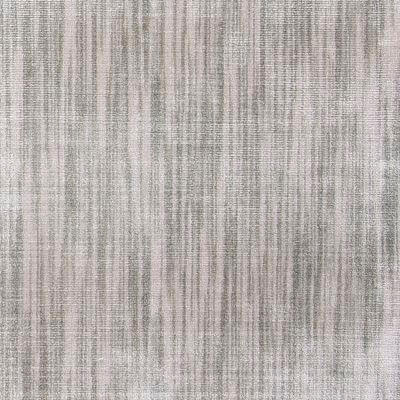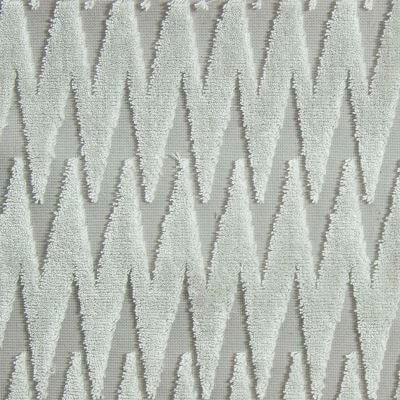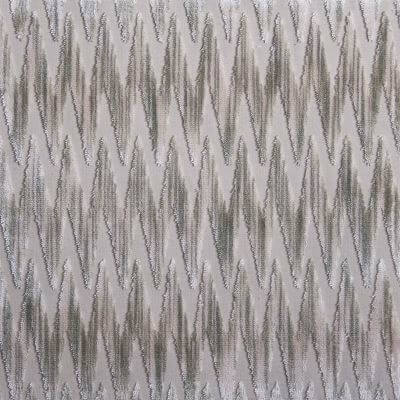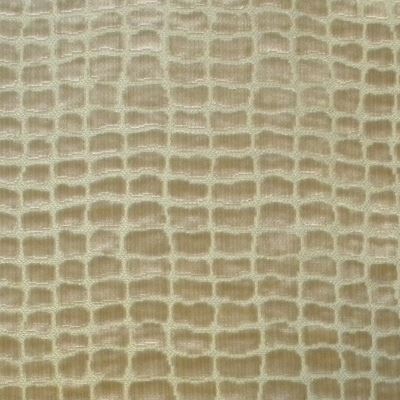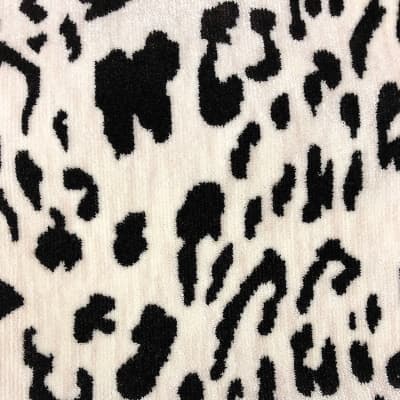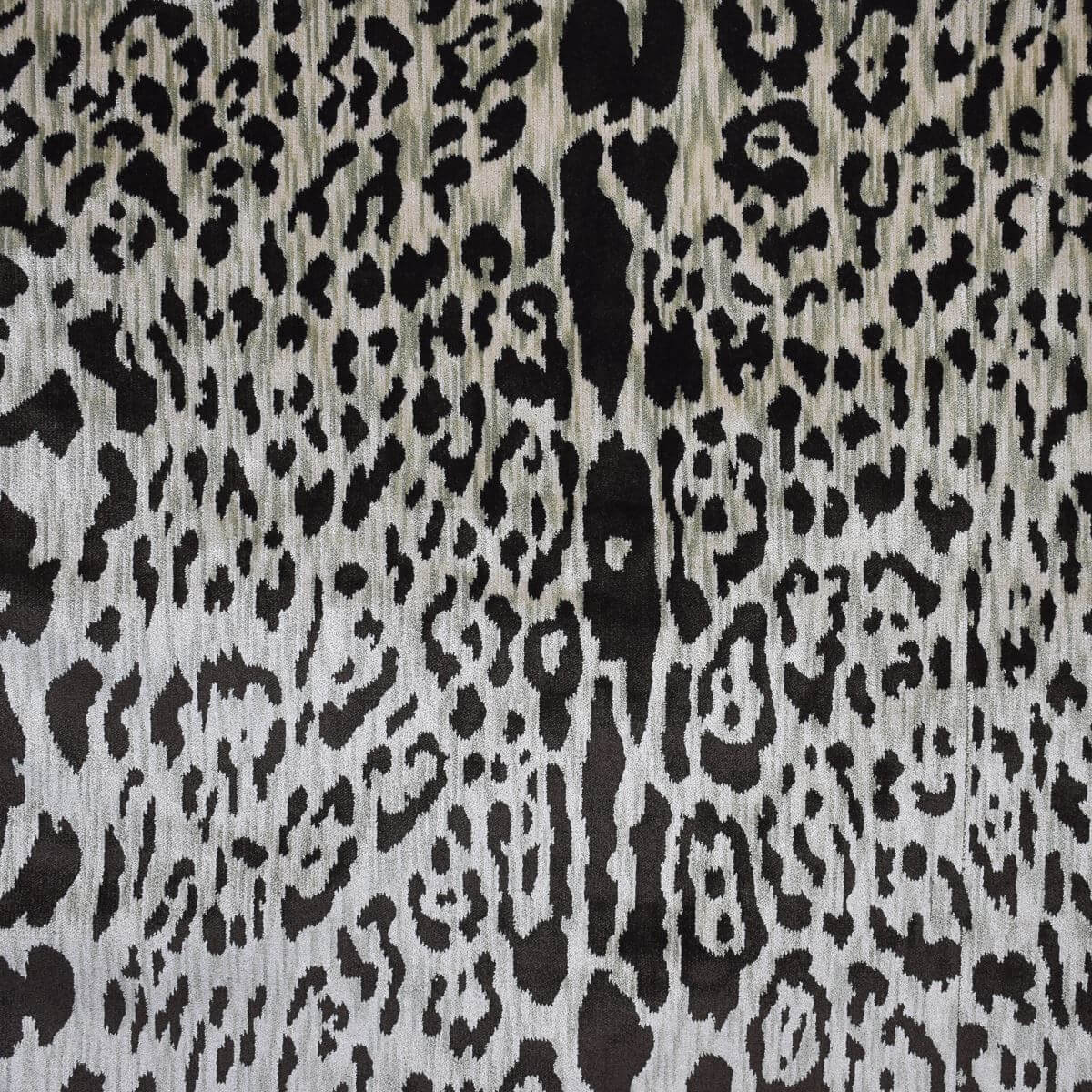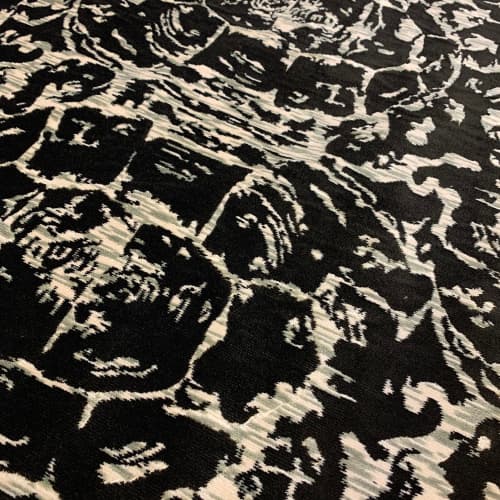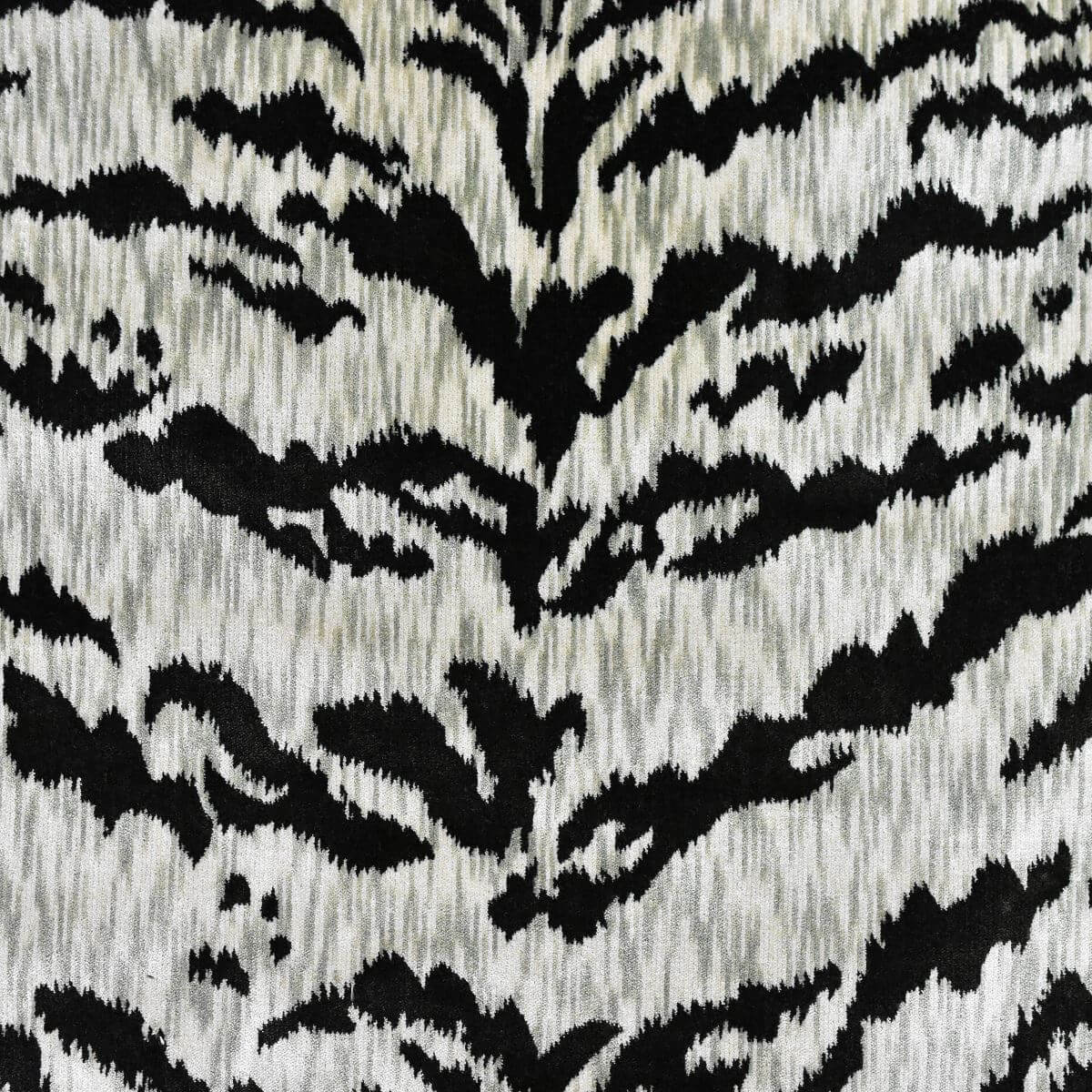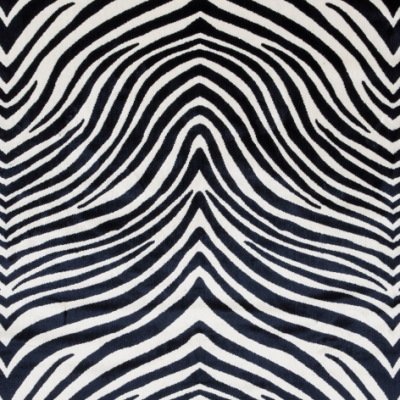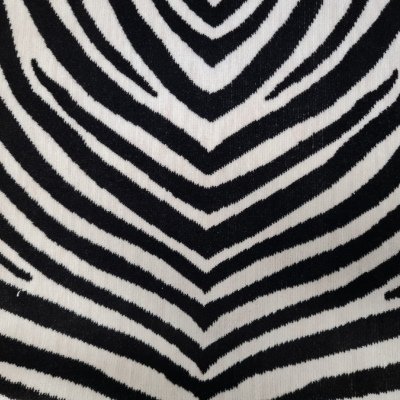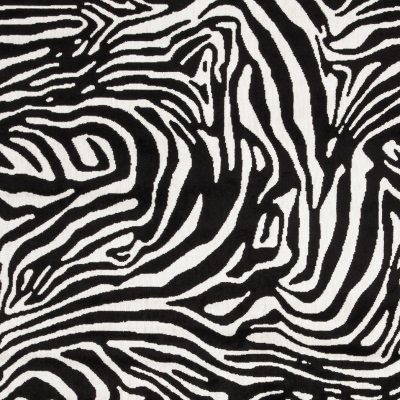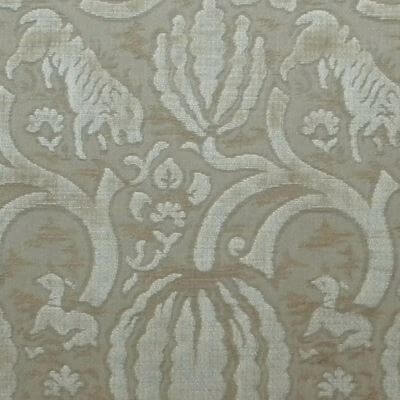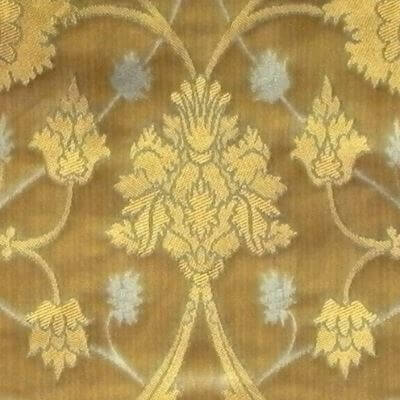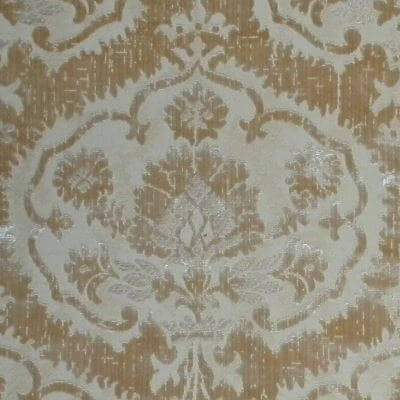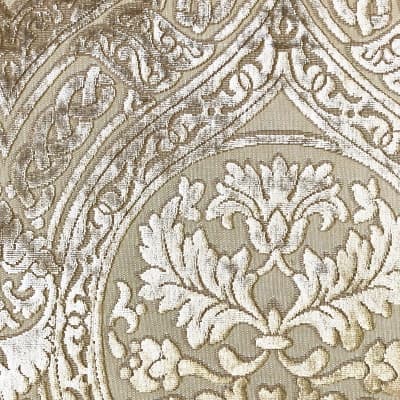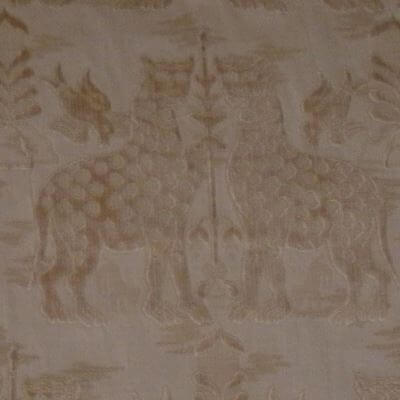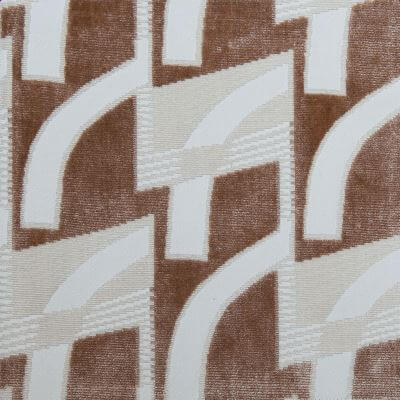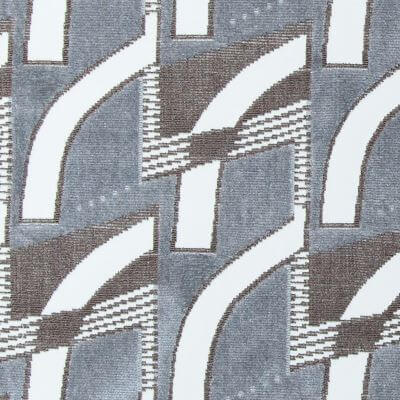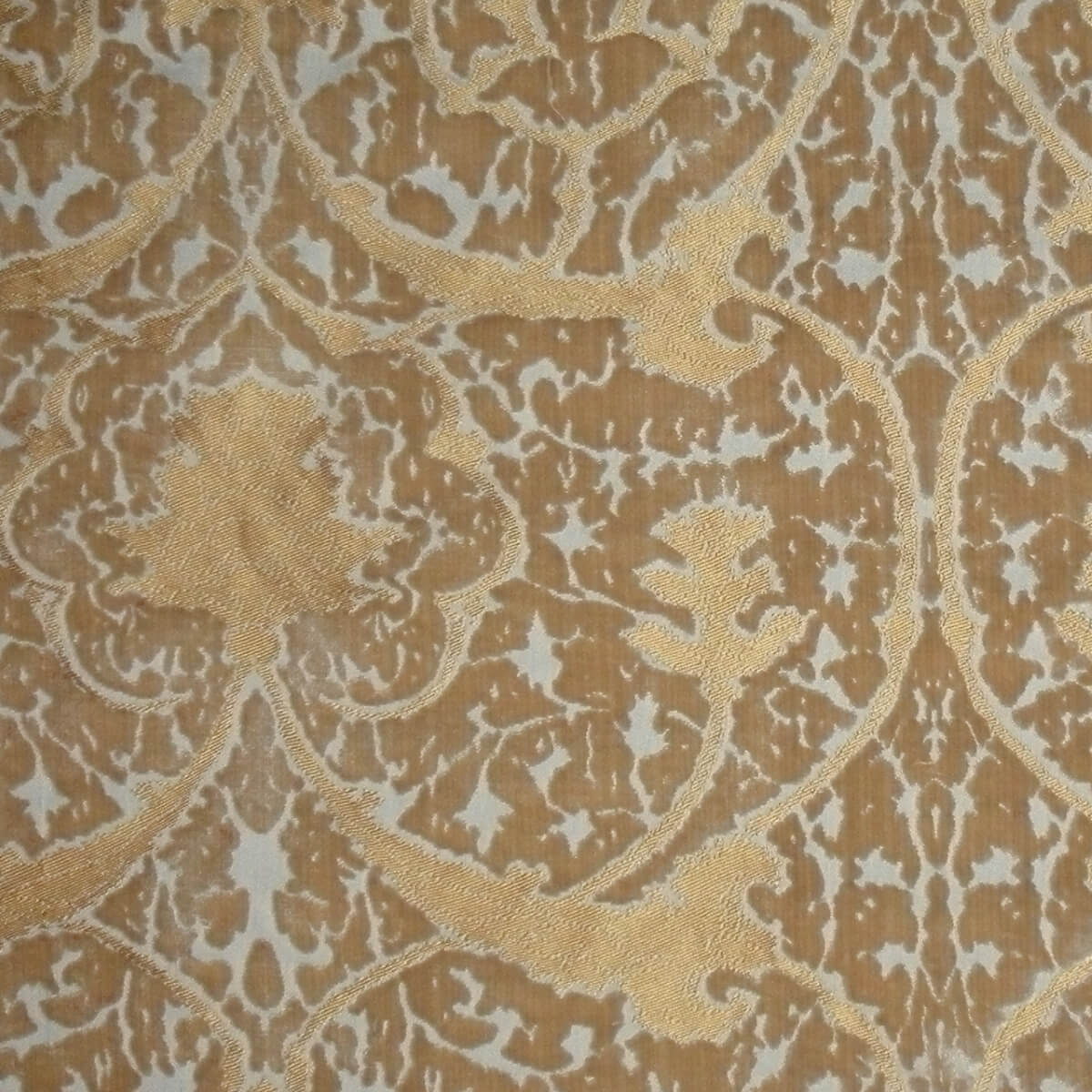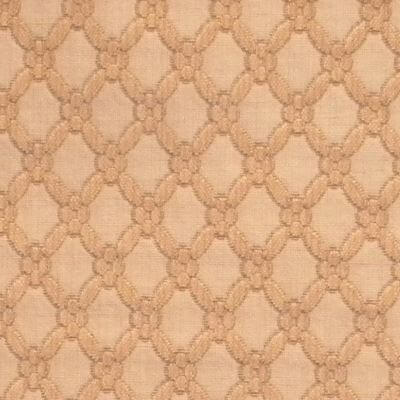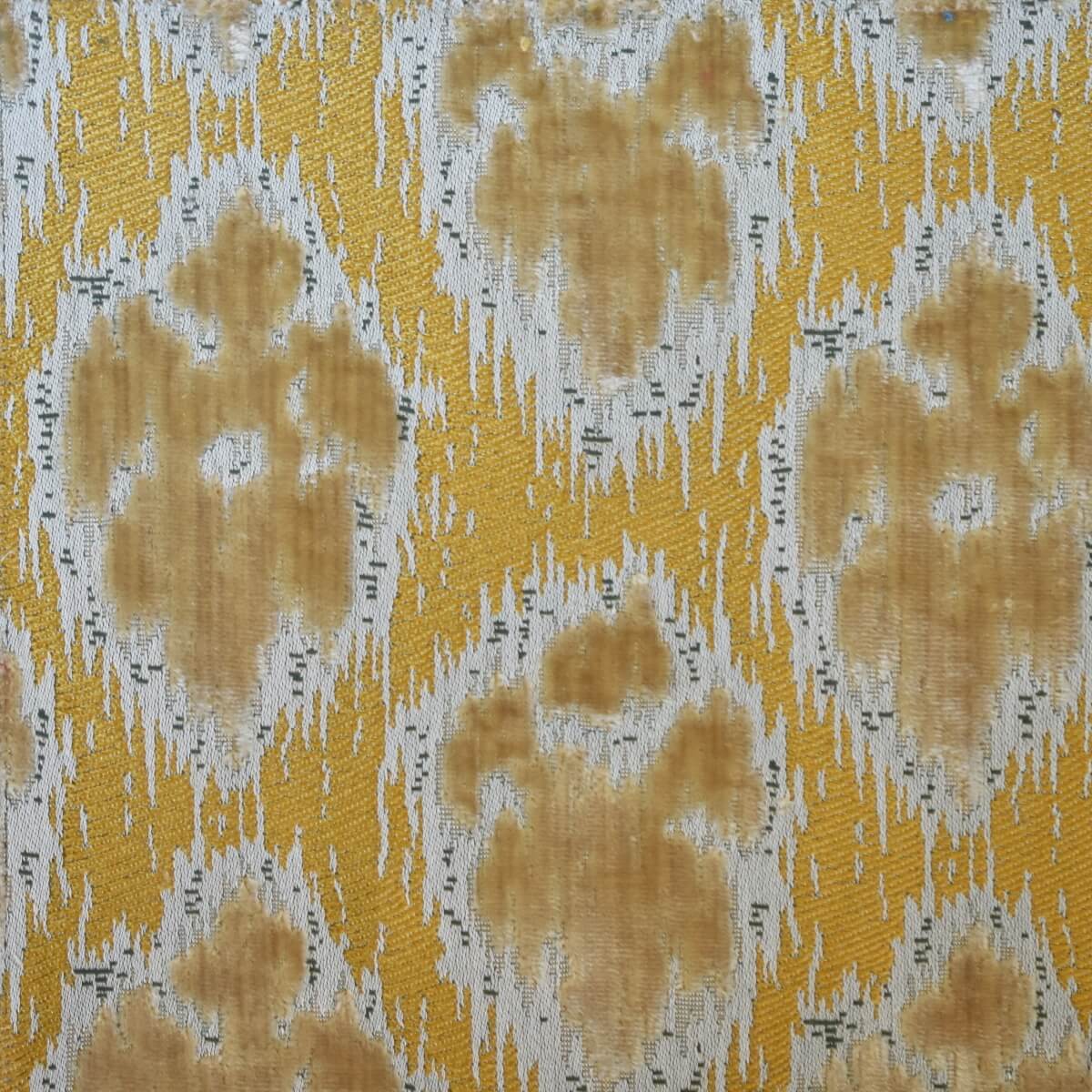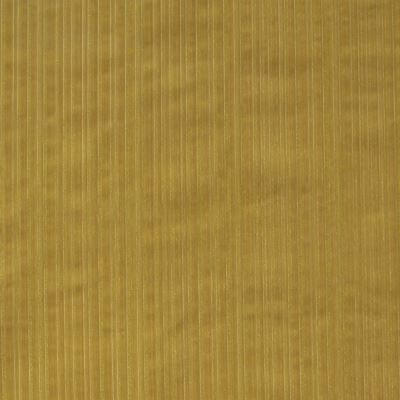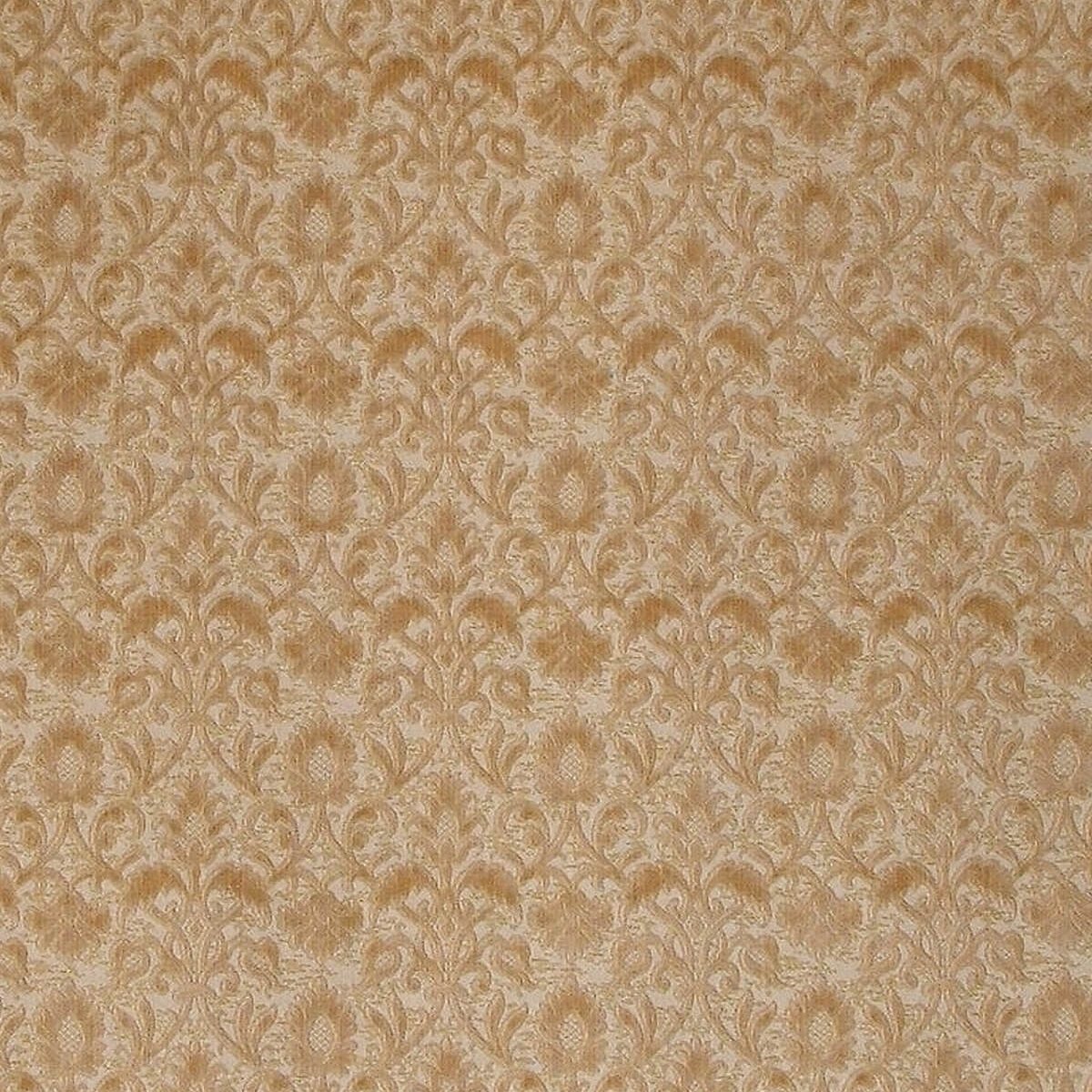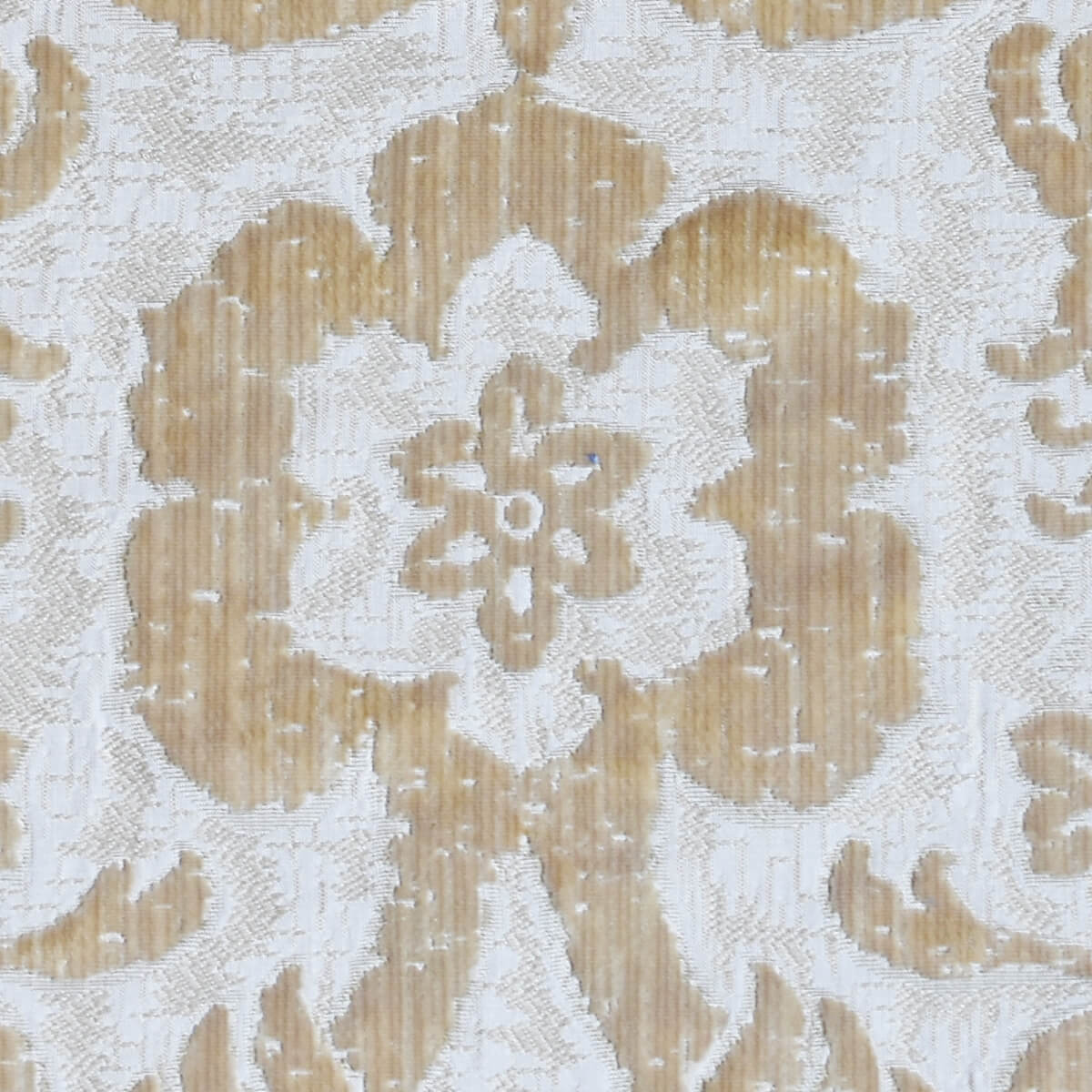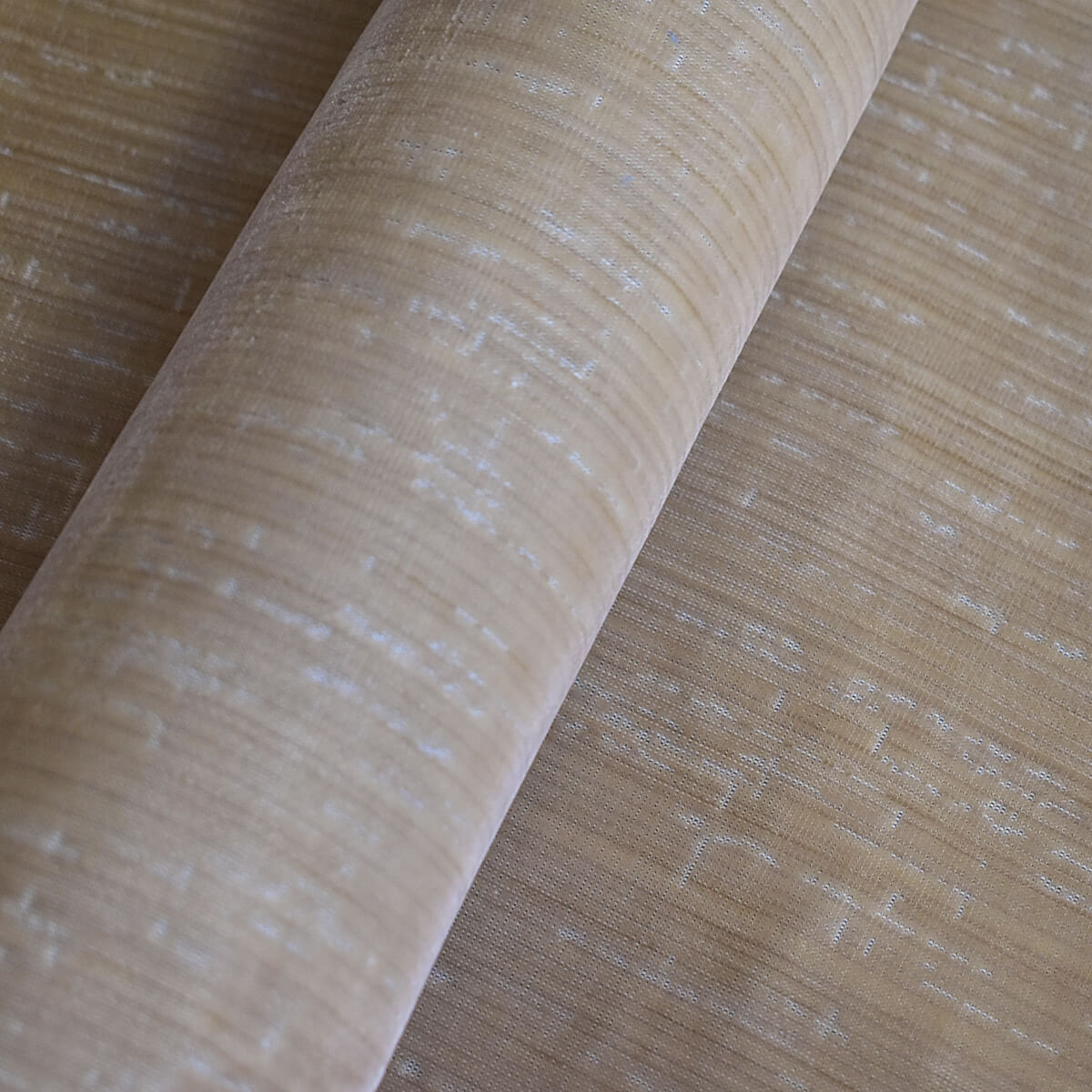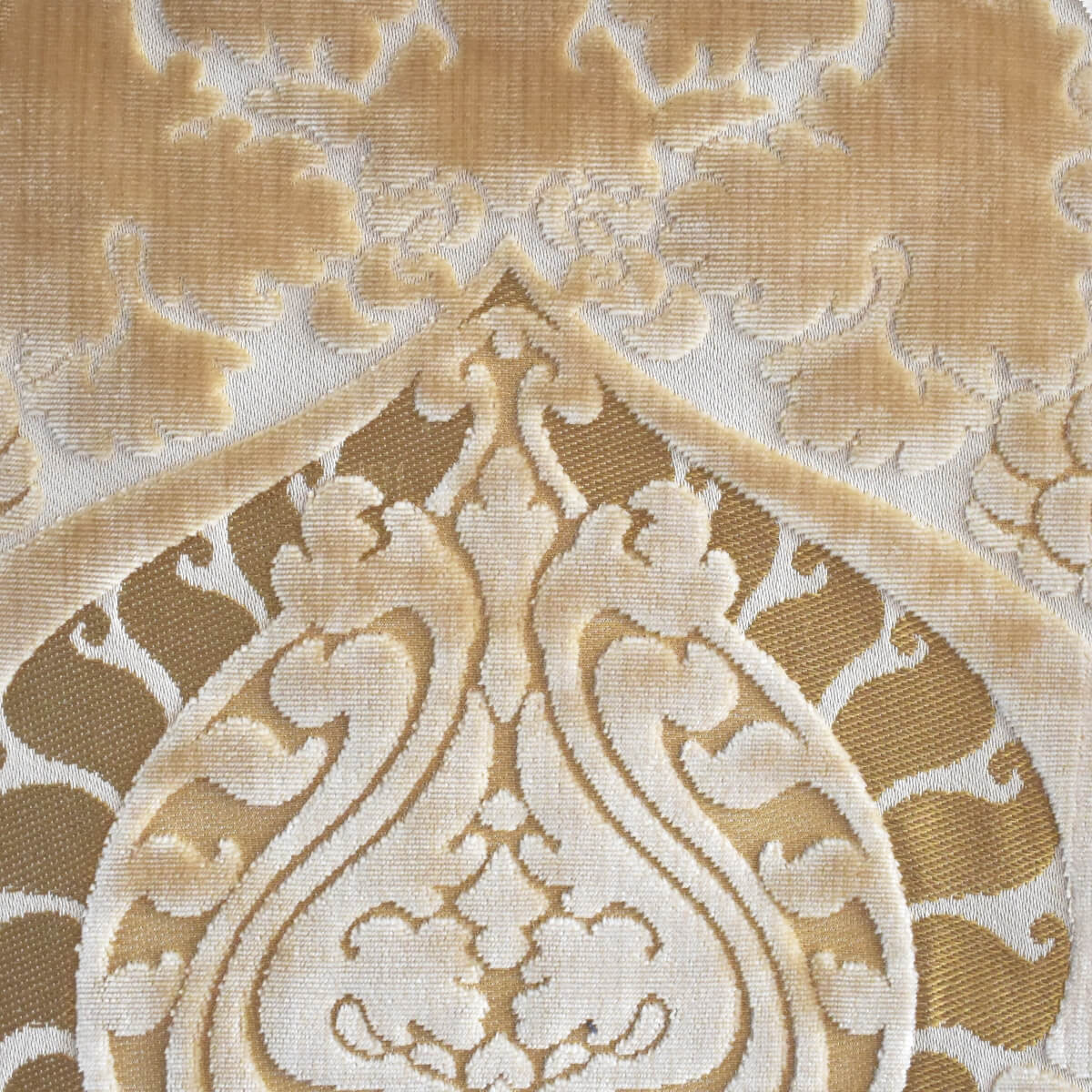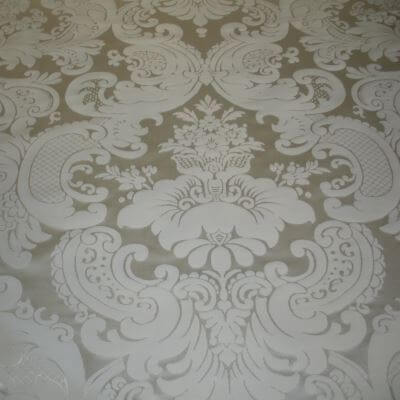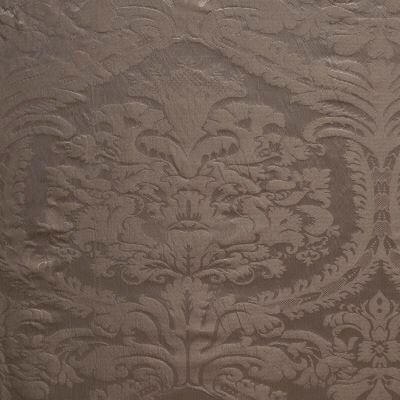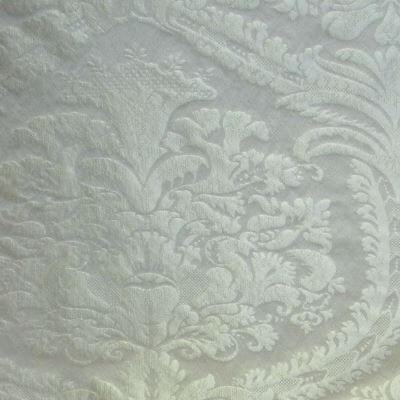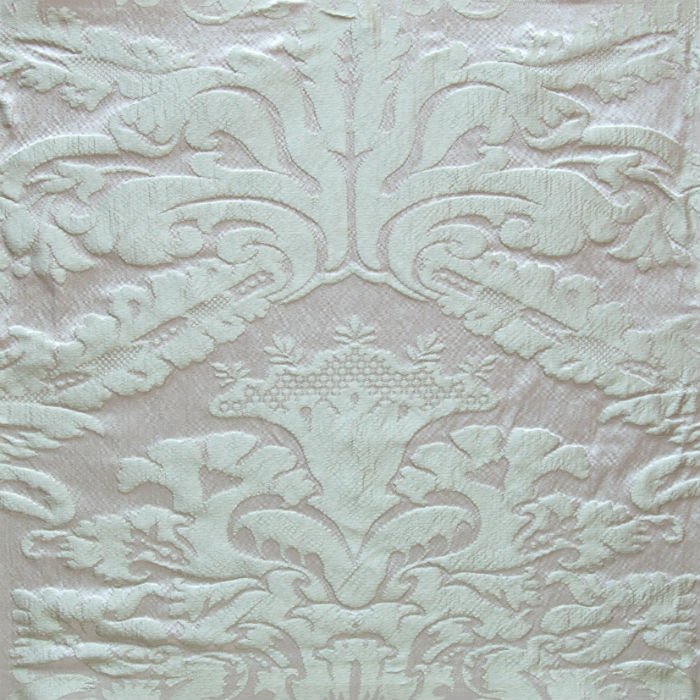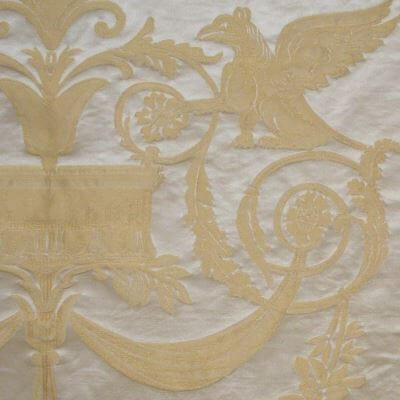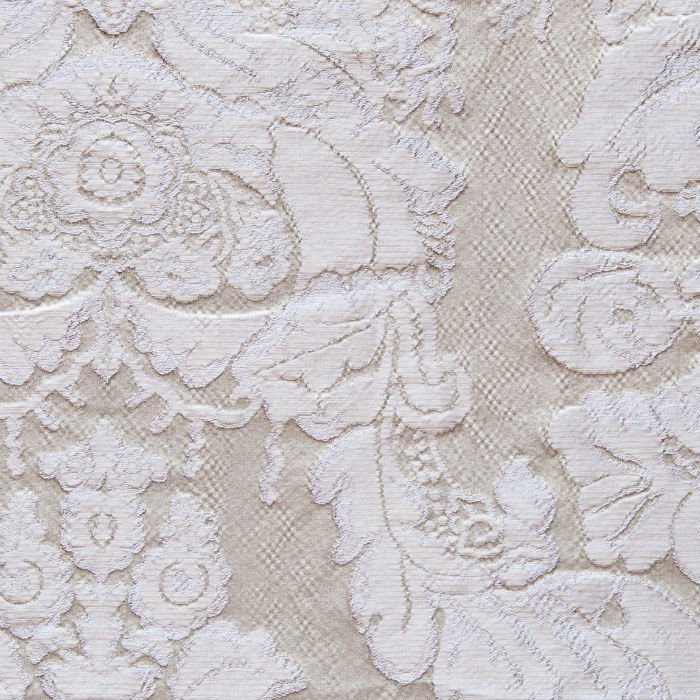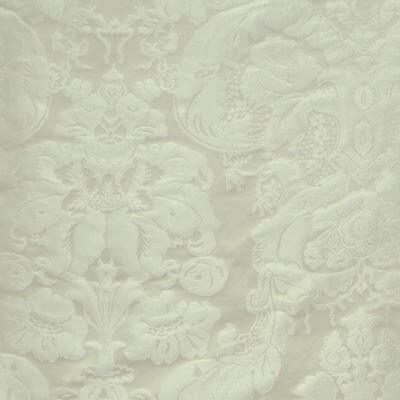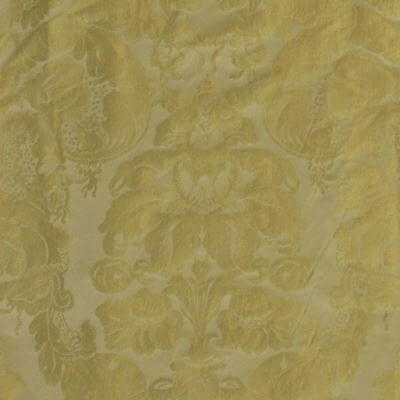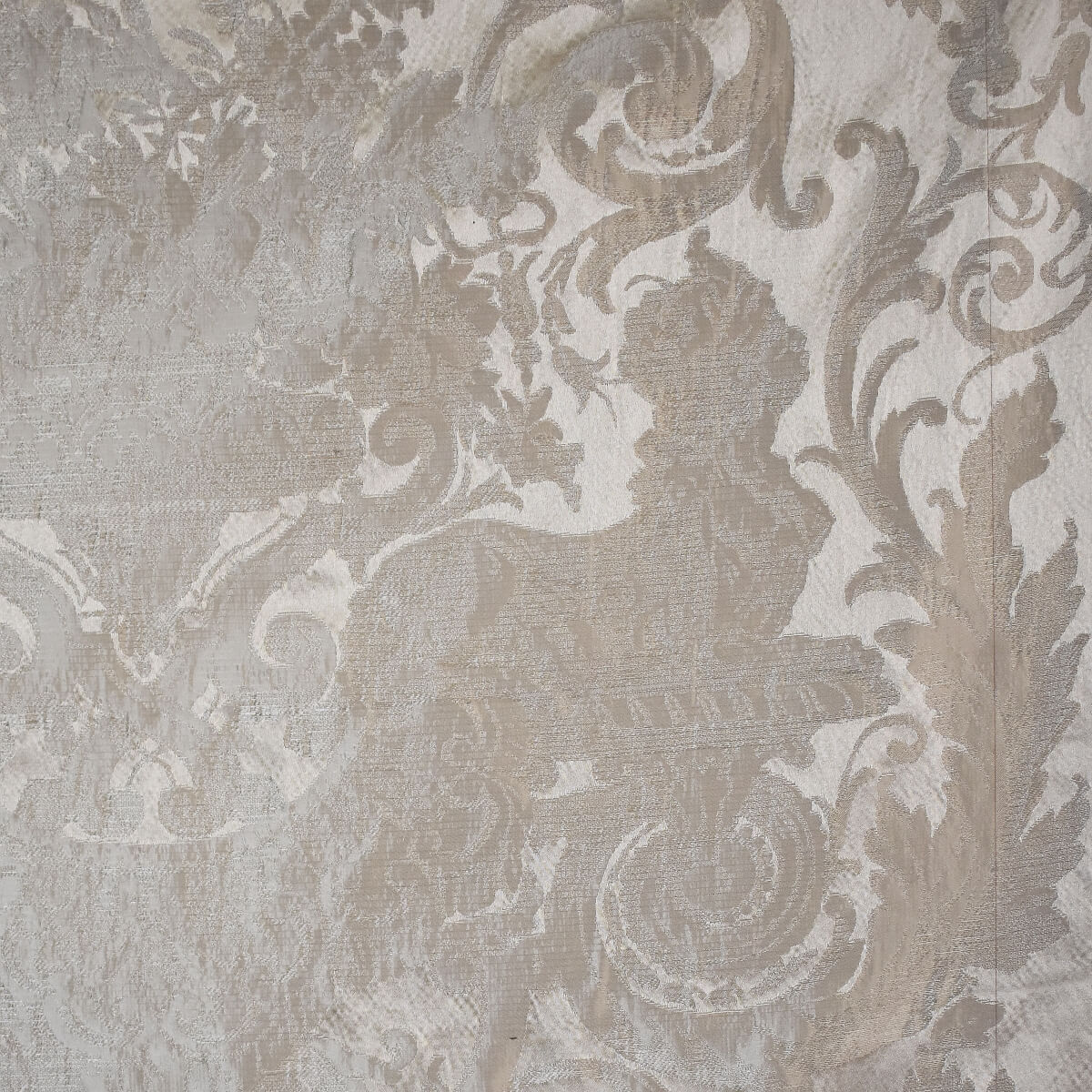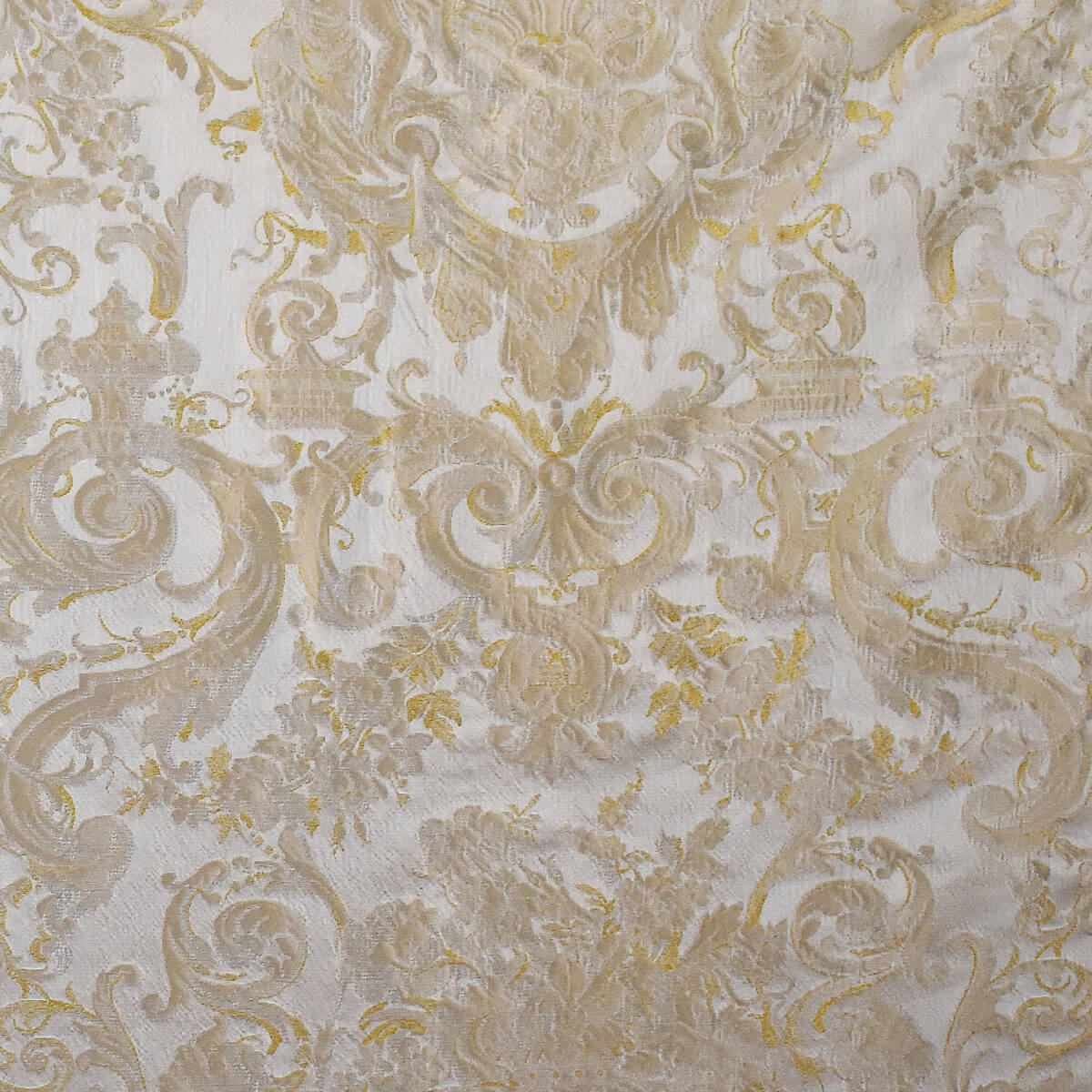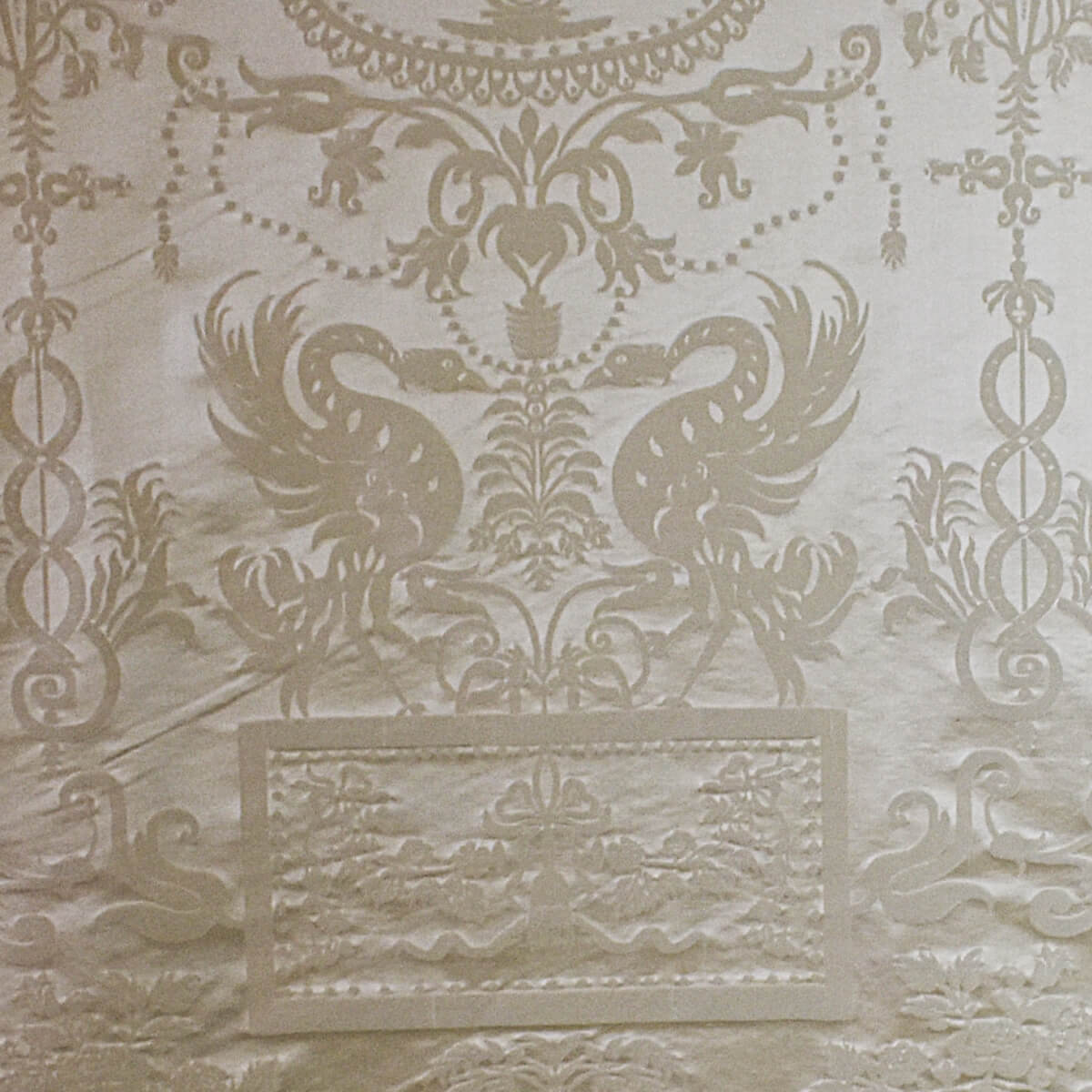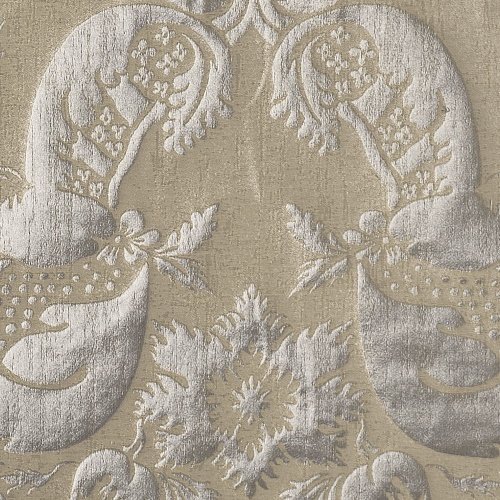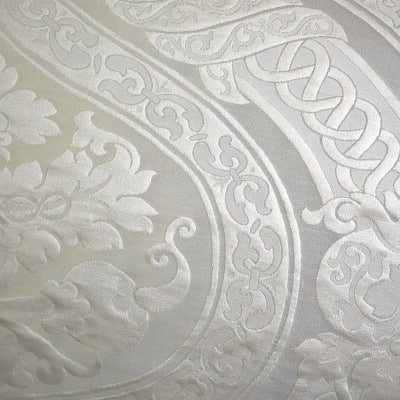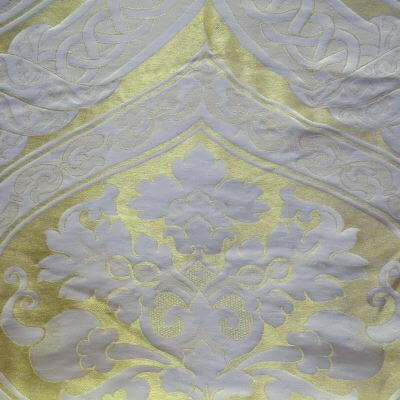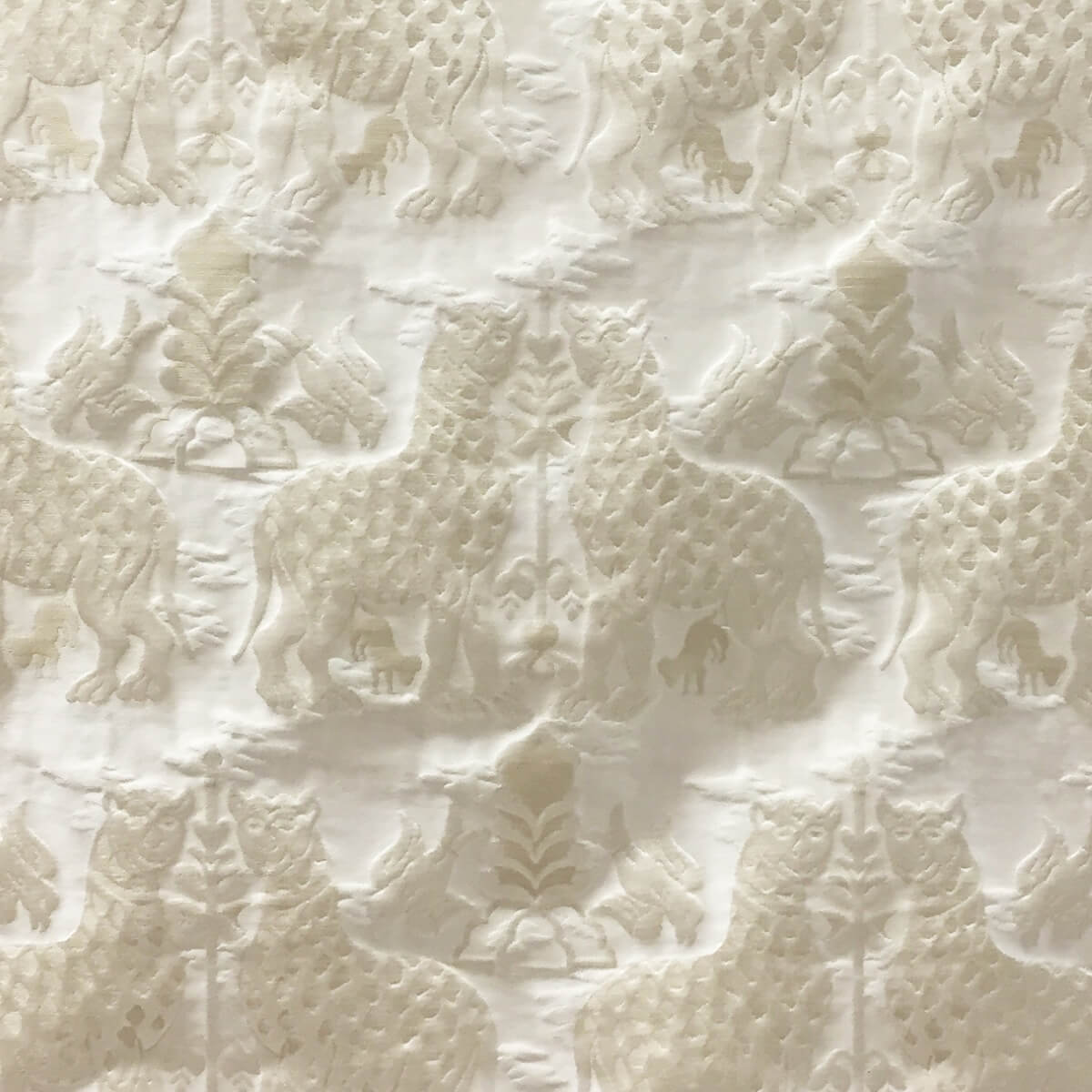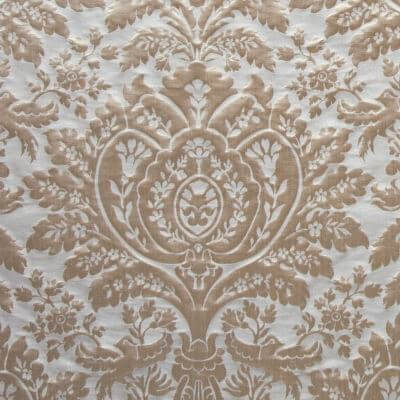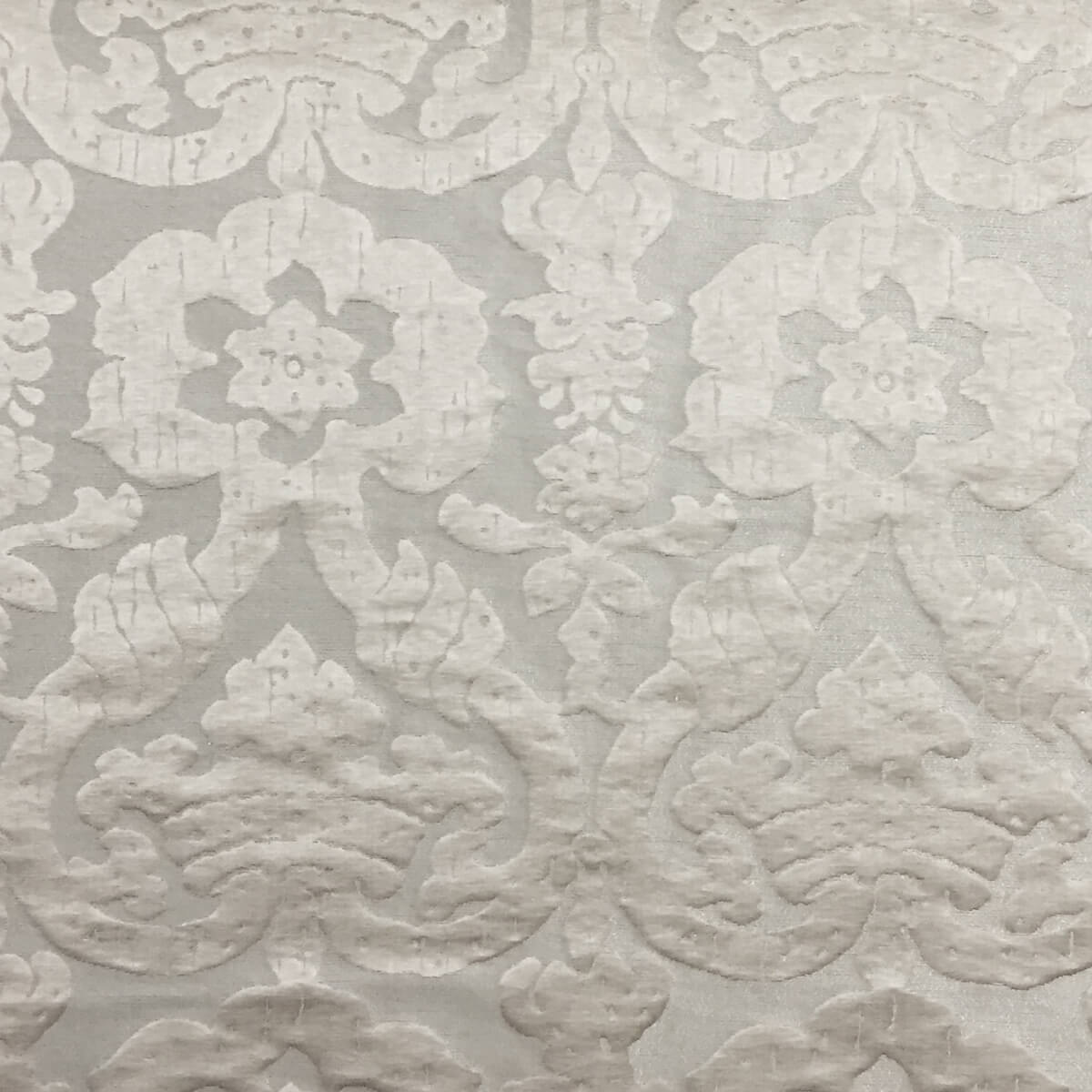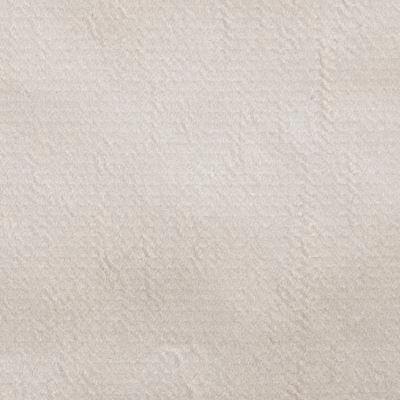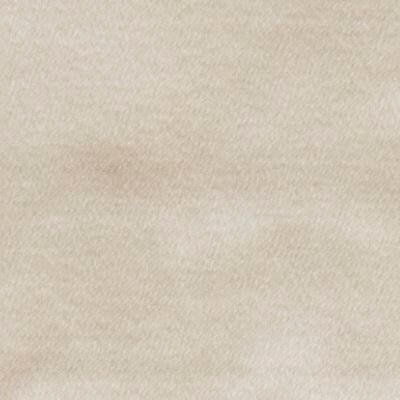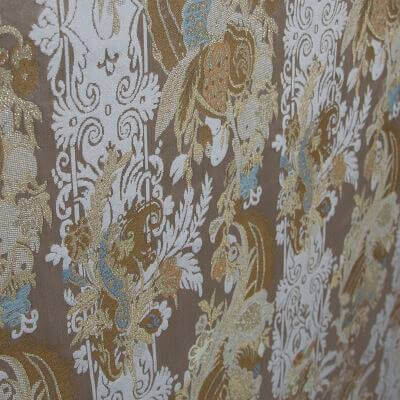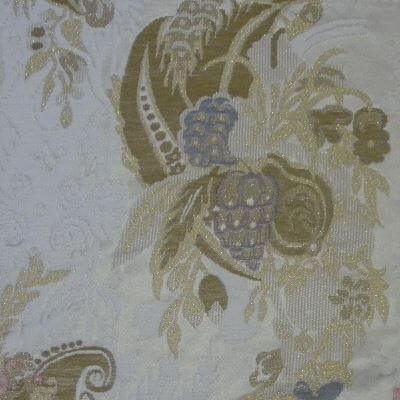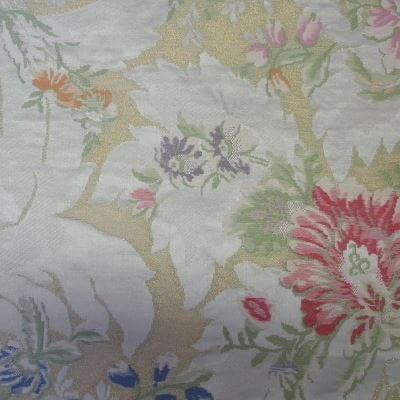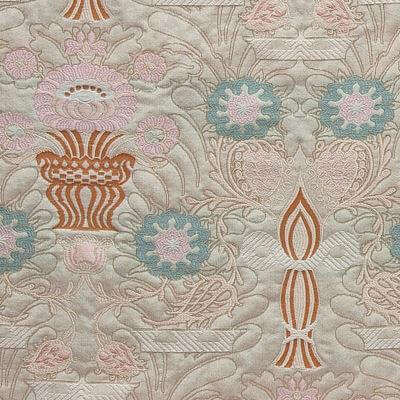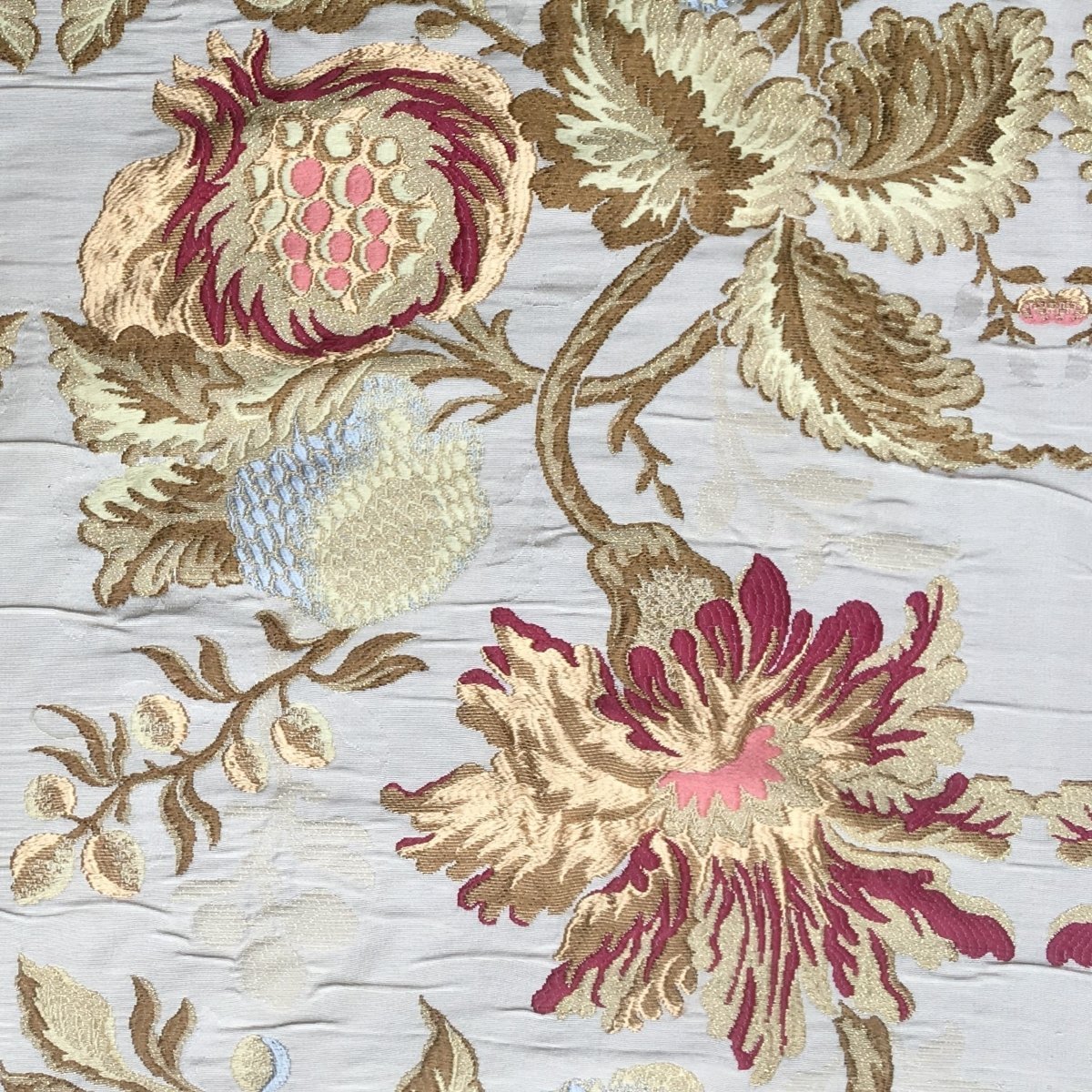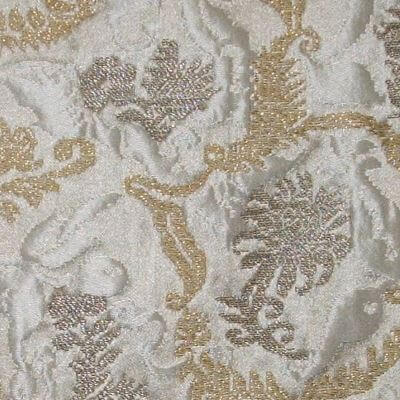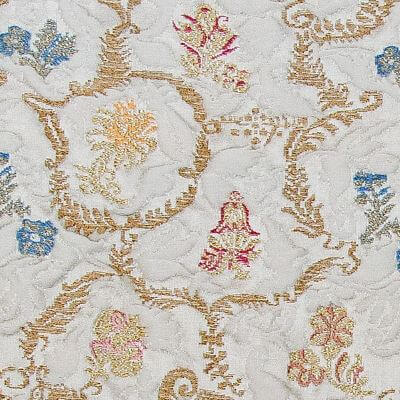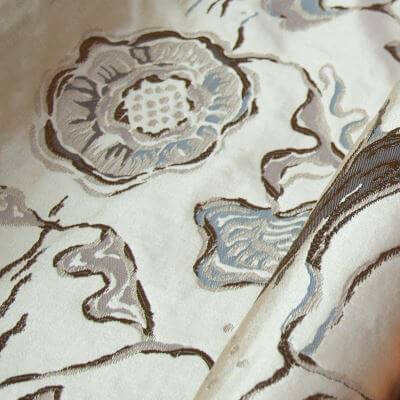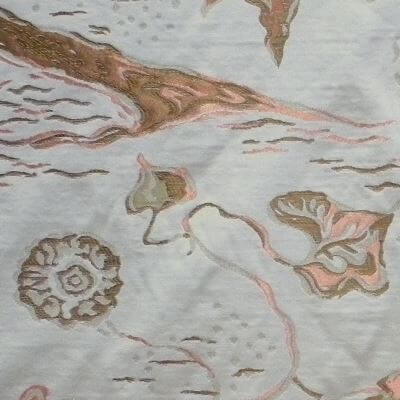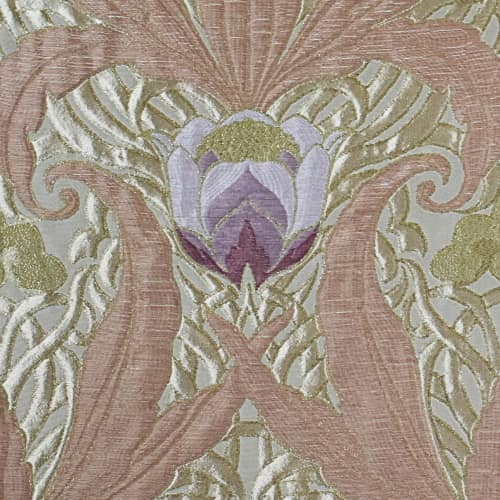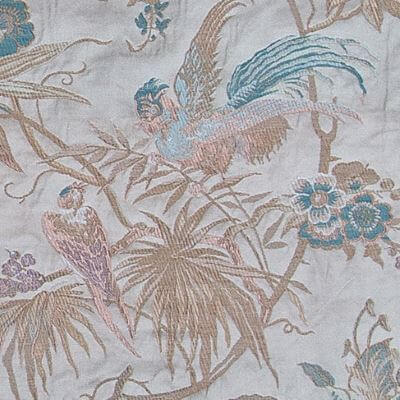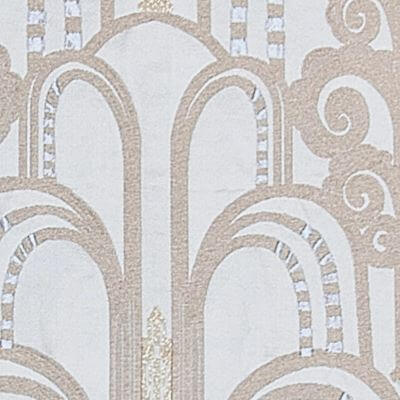White and ivory furnishing fabrics have, over time, been used to add a touch of brightness and class to home interiors. Whether to create a refined atmosphere or to maintain a simple style, the use of white in furnishings has an ancient history and has regained popularity in recent years. Let’s discover its origins together.
The troubled history of the color white
White has a fascinating history and, like green and red, has a highly toxic past. In ancient times, prehistoric painters relied on calcite or chalk to achieve the color white, but from Ancient Roman times until the 19th century, lead became the predominant base material. Obtaining an intense white hue was by no means simple, and consequently, its use remained limited for a long time.
It was not until the 1940s, thanks to the discovery of a nontoxic pigment, that bright, durable white became a reality. The credit goes to titanium dioxide, which can produce a pasty, brilliant white color, also known as “perfect white.” By that time, the road to its success in painting and textiles was paved.
The evolution of white furnishing fabrics over the centuries
During the 20th century, white finally became an incredibly popular choice for both painting walls and textile furnishings. Its success can be attributed to its timeless sophistication and extraordinary versatility, as well as its ability to brighten rooms and give them a feeling of spaciousness.
If less than a century ago an all-white room represented a real revolution, today, following the trends of minimalism and Scandinavian style, this option is quite easy to achieve, offering a clean and bright atmosphere.
However, several decades before the minimalist movement, another architectural current had already passionately embraced white and neutral shades: the Streamline Moderne. In the 1930s, this style, inspired by the sleek lines of automobiles, ships, and trains, represented the height of Art Deco and celebrated the beauty of simplicity. Characterized by rounded shapes, flat roofs, and a reduced presence of decoration, the modern streamline chose colors such as white, beige, and earth to create eye-catching contrasts with dark details.
In this way, white not only won its place as a timeless choice but also continued to inspire various artistic and architectural currents throughout time, proving to be a timeless color with unparalleled appeal.
The shades of white of Bevilacqua fabrics
Exploring a whole range of neutral shades that approach white opens up endless opportunities for decorating with fabrics that can stand out in dark spaces or blend harmoniously into more neutral settings. Even in the most richly detailed fabrics, white and natural shades such as ivory, gray, taupe, and pearl add a touch of elegance and sophistication to designs.
In our online catalog of fine fabrics, you will find an extraordinary selection that embodies these shades:
- Gardenia: this is the purest white you will find in our fabric collections, with a tendency to give off a fresh feel.
- Stone: a white that tends toward gray, sometimes with shades that turn to green, giving a unique look.
- Ivory: a warm shade of white that sometimes verges on pinkish or golden beige, giving a welcoming touch.
- Almond: a neutral shade reminiscent of taupe, but with a note of warmth that makes it even more charming.
- Pearl: found in shiny fabrics such as damask, lampas, and brocatelle, it represents a white shade that reflects a precious iridescence, adding a touch of luxury.
- Nuvola (Cloud): a sophisticated mélange of white, ivory, and gray that creates an ethereal and delicate atmosphere.
Pairings such colors can also create fascinating and harmonious combinations. Here are some examples you can find in our fabrics:
- Black and white: The classic combination of black and white is timeless and elegant. It can be found in animalier fabrics, with bold contrasts on refined patterns, creating a sophisticated and modern look.
- Gray, white, and brown: this color combination is perfect for a warm and cozy atmosphere. As in Goteborg velvet, which offers a neutral but rich palette that is easily adapted to a contemporary, minimalist decorating style.
- Beige and ivory: the combination of beige and ivory evokes a sense of sophistication and lightness. Fabrics with this color palette convey a delicate and sophisticated atmosphere, perfect for an elegant and timeless style.
- The color pearl, with its delicate, luminescent hues, lends itself to a variety of color combinations. Associated with mauve, it creates a romantic and dreamy atmosphere. In combination with gold, it conveys a touch of luxury and sophistication. Pairing with gray gives an elegant and sophisticated look, while with beige it creates a warm and harmonious atmosphere.
Explore below our selection of fabrics in shades of white and ivory to discover all these fascinating color combinations and be inspired to create a unique and cozy environment.
Velvets
Animal Prints
Heddle Velvets
Damasks
Brocatelles
Satins
Lampases

